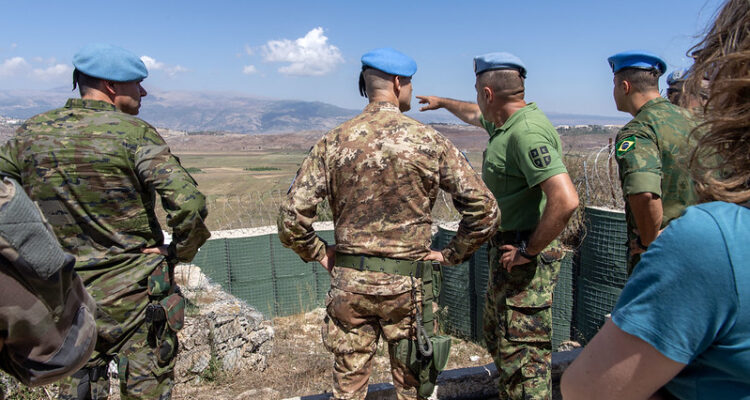We are as close as ever to an all out war between Israel and Hezbollah.
A Hezbollah rocket attack killed 12 children and teenagers at a soccer field in the Golan Heights this weekend. The victims were all Druze and in a village that Israel annexed, but is internationally recognized to be an occupied territory. While Israel and Hezbollah have traded fire on a near daily basis since Hamas’ October 7 attacks, this was the first time that civilians—children no less—were killed in a mass casualty event caused by Hezbollah rocket fire.
Israel is preparing its response. This may include attacks on Hezbollah’s stronghold in Southern Beirut, which the Israeli military previously leveled to the ground during the last all out war between Hezbollah and Israel in 2006. Hezbollah, meanwhile, has the capacity to strike deep into Israel, hitting civilian infrastructure throughout the country. Such an escalation would be devastating on all sides. As an unnamed senior US official told journalist Dexter Filkins, “In an all out war, Israel will be set back 50 years and Lebanon will be returned to the Middle Ages.”
But there is another way.
There are about 10,000 UN peacekeepers in southern Lebanon deployed since the 2006 war. These Blue Helmets are ostensibly there to implement Security Council Resolution 1701, which calls for Hezbollah to withdraw north of the Litani River, about 19 miles from the Israeli border. That resolution, however, was never fully implemented. Hezbollah still operates near the border with Israel, and as a result, over 10,000 Israeli citizens have been displaced from northern Israel in recent months. Israel, for its part, occupies some territories in southern Lebanon which it is reluctant to cede as long as the threat from Hezbollah persists.
This suggests there is a deal to be reached that includes the verified withdrawal of Hezbollah fighters north of the Litani River. US Special Envoy Amos Hochstein has reportedly been pursuing a diplomatic offramp along these lines. Yesterday, it would appear he made some headway when the Lebanese Foreign Minister suggested that Hezbollah may be warming to a withdrawal north of the Litani River.
Because of previous steps taken by the United Nations, many of the pieces for a diplomatic solution to this crisis are already in place. It does not have to be invented from scratch. There is already an international agreement, Security Council Resolution 1701, which calls for Hezbollah’s withdrawal from Southern Lebanon and a restoration of Lebanese sovereignty south the Litani river. There’s already the United Nations Interim Force in Lebanon, UNIFIL, able to verify this withdrawal. The UN has dramatically lowered the transaction costs associated with a diplomatic solution to this crisis. The only thing missing is agreement by Israel and Hezbollah.
So long as the conflict in Gaza persists, Hezbollah may be reluctant to be perceived to to be entering an agreement with Israel. And Israel may still believe there is a military solution to the Hezbollah threat. But make no mistake: there is nothing inevitable about a devastating escalatory cycle that harms both Israel and Lebanon. The UN has provided an off-ramp for this crisis. Israeli and Hezbollah leaders now need the wisdom to take it.
